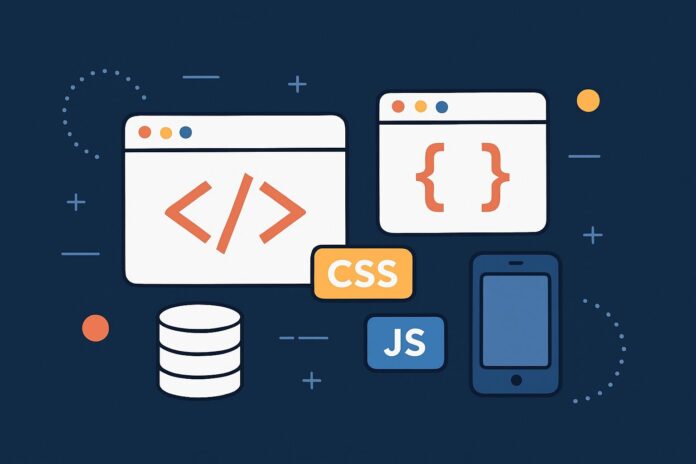Real-time applications powered by WebSockets offer low-latency communication but come with a significant challenge—securing WebSocket connections. Traditional HTTP authentication methods like cookies and sessions don’t directly apply to WebSockets, which is why proper WebSocket authentication is essential in production-grade applications.
In this guide, we’ll explore how to implement authentication for WebSockets using Node.js and Socket.IO, with a focus on token-based authentication using JWT (JSON Web Tokens).
Table of Contents
- Why WebSocket Authentication Matters
- Common Authentication Strategies
- Setting Up JWT-Based WebSocket Authentication
- Step-by-Step Implementation
- Handling Authentication Failures
- Token Expiry and Refreshing
- Best Practices for WebSocket Security
- Conclusion
1. Why WebSocket Authentication Matters
WebSocket connections are persistent and long-lived. Without proper authentication:
- Any client can establish a connection
- Data can be leaked or manipulated
- Malicious users can overload your server
Authentication is the gatekeeper—it ensures that only legitimate users can interact in real time.
2. Common Authentication Strategies
- Query Params (Not secure – avoid in production)
- JWT Tokens (Most common and secure)
- Session IDs with Cookies (Requires sticky sessions)
- API Keys (Good for internal services)
We’ll focus on JWT, which allows stateless authentication and works well in microservices.
3. Setting Up JWT-Based WebSocket Authentication
Install Dependencies
npm install express socket.io jsonwebtoken dotenv
Sample .env file
JWT_SECRET=yourSuperSecretKey
4. Step-by-Step Implementation
1. Create Token During Login
const jwt = require('jsonwebtoken');
function generateToken(user) {
return jwt.sign({ id: user.id, name: user.name }, process.env.JWT_SECRET, {
expiresIn: '1h',
});
}
2. Client Connects with Token
const socket = io('http://localhost:3000', {
auth: {
token: 'your_jwt_token_here'
}
});
3. Validate Token on Connection
const io = require('socket.io')(server);
const jwt = require('jsonwebtoken');
io.use((socket, next) => {
const token = socket.handshake.auth.token;
if (!token) {
return next(new Error('Authentication error: Token required'));
}
try {
const decoded = jwt.verify(token, process.env.JWT_SECRET);
socket.user = decoded; // Attach user info to socket
next();
} catch (err) {
next(new Error('Authentication error: Invalid token'));
}
});
4. Access Authenticated User in Handlers
io.on('connection', (socket) => {
console.log('Authenticated user:', socket.user);
socket.on('chat message', (msg) => {
console.log(`${socket.user.name}: ${msg}`);
io.emit('chat message', `${socket.user.name}: ${msg}`);
});
});
5. Handling Authentication Failures
On the client, handle connection errors:
socket.on('connect_error', (err) => {
console.error('Connection error:', err.message);
alert('Authentication failed. Please log in again.');
});
6. Token Expiry and Refreshing
Tokens expire for a reason—to limit exposure if compromised. Implement token refresh on the client side:
- Detect token expiry and re-login
- Store a refresh token securely (if using refresh flows)
- Consider rotating tokens for extra security
7. Best Practices for WebSocket Security
- Always use HTTPS + WSS in production
- Validate all incoming messages
- Rate limit socket events
- Use namespaces and rooms wisely
- Avoid exposing sensitive user data in messages
- Log suspicious activity for auditing
8. Conclusion
WebSocket authentication is not optional—it’s a must-have for any real-time application in production. Using JWT-based authentication with Socket.IO allows you to maintain secure, scalable, and stateless real-time systems.
This foundation helps you build features like private messaging, real-time collaboration, and secure broadcasting without sacrificing performance or safety.


